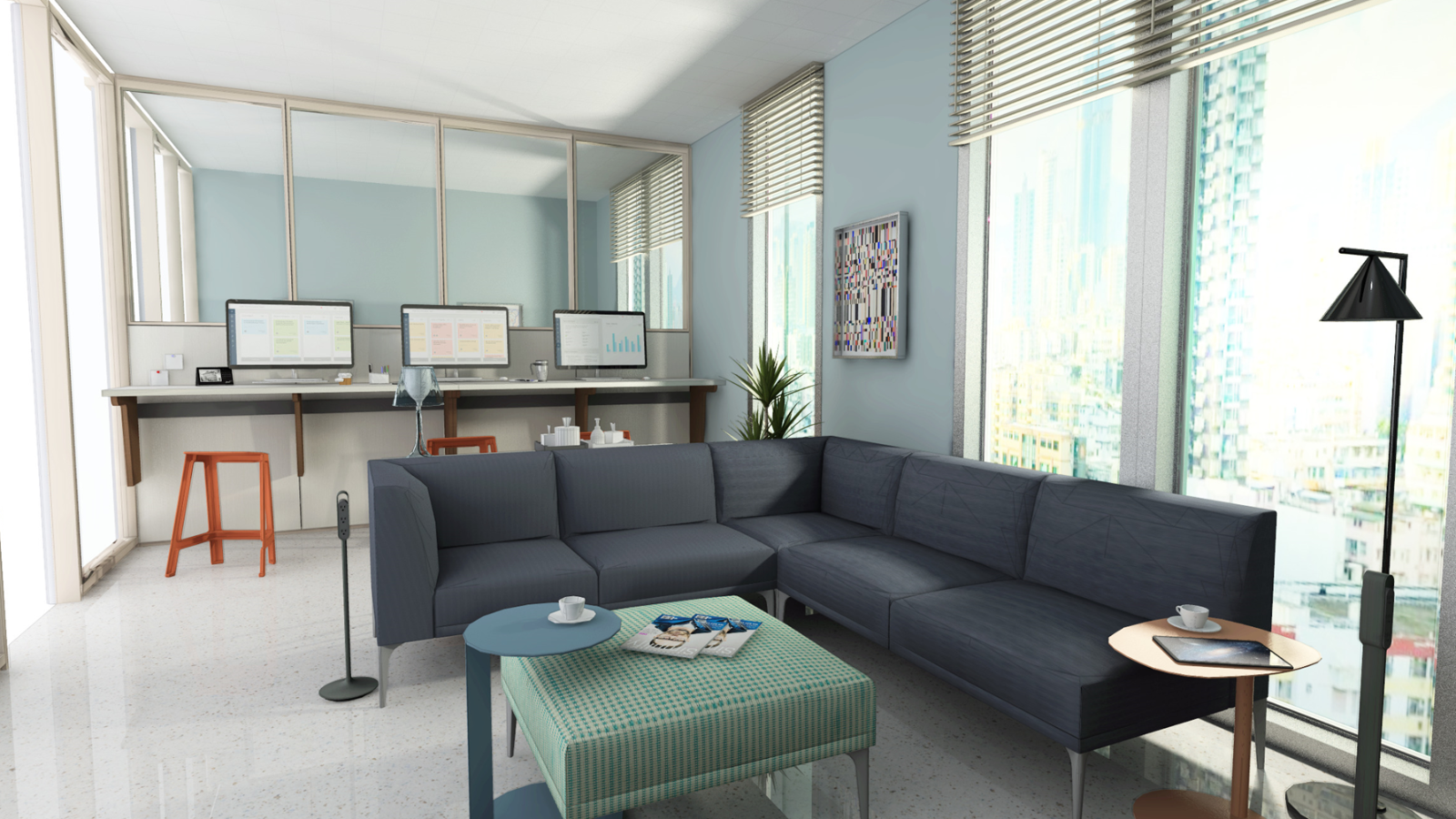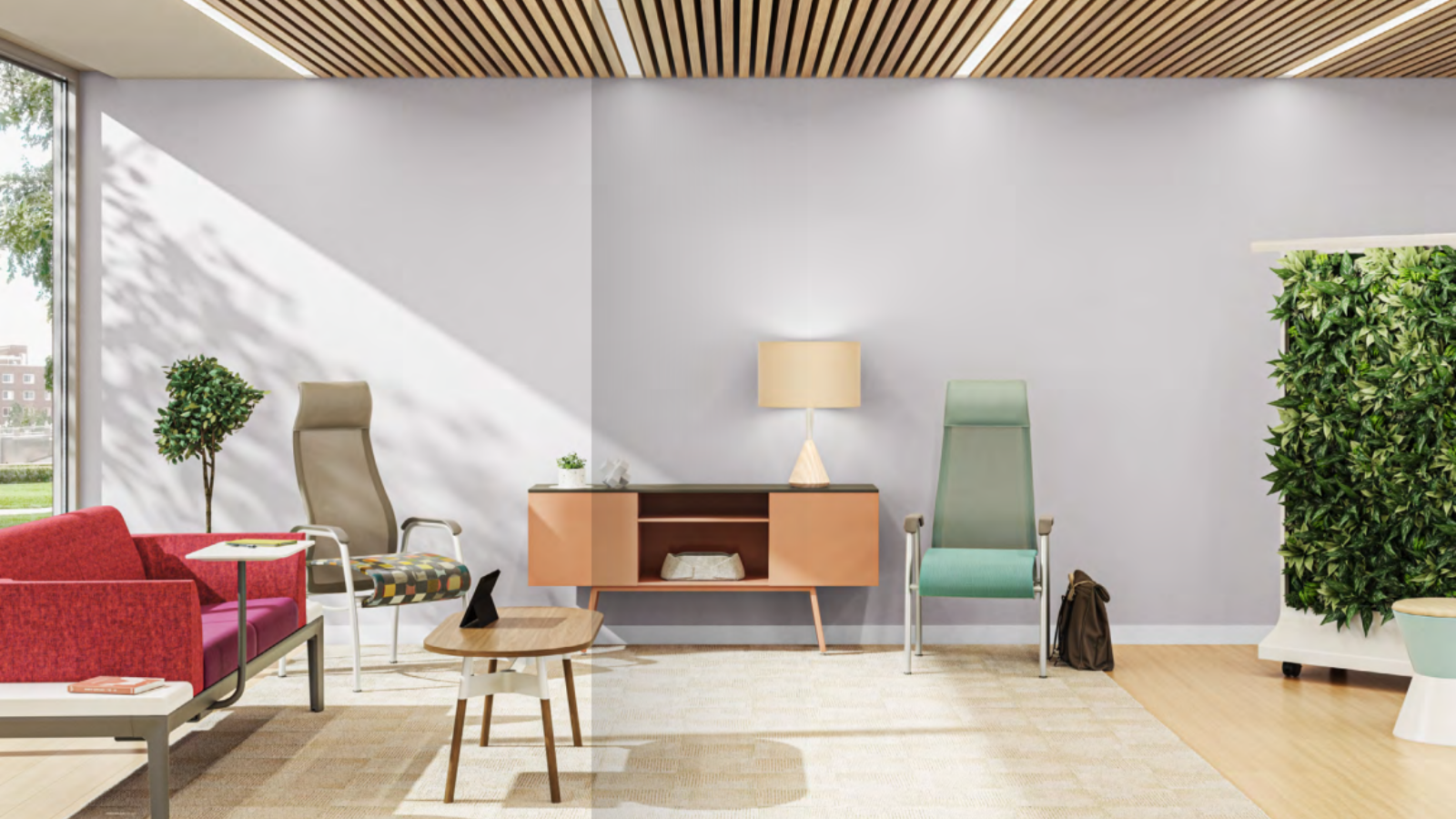Clinician burnout has reached an all-time high and providers are suffering from mental health issues more than ever before.
According to the ‘I Cry, but No One Cares’: Physician Burnout & Depression Report 2023, more than half of physicians reported feeling burned out this year, and nearly 1 in 4 doctors reported feeling depressed — the highest percentages in 5 years. Physicians have the highest risk of suicide of any profession, including the military. On average, 400 physicians die by suicide every year. In the U.S., suicide deaths are 250 – 400% higher among female physicians when compared to females in other professions. Medical students have rates of depression 15 to 30% higher than the general population.
This is not only from the COVID-19 pandemic but also from the need for restructuring of the entire medical system. The way it is now has inadvertently led to a recent mass exodus of providers from clinical practice, leaving more strain on those that remain in understaffed positions. How can the burnout be alleviated? Can the built environment have a positive impact on clinician mental health? We spoke with Dr. Cassandra Greene MD, a mental health advocate and family medicine physician, to help unpack all these questions.
- Dr. Greene, you are such an advocate for clinician mental health awareness. Why is this topic so important to you? Is there something you wish people knew about clinician mental health/burnout?
Dr. Greene: I practice medicine the way I practice life, with a whole person perspective. Taking into account, the “biopsychosocial” model that incorporates a person’s lifestyle and mental health factors into the contribution to their disease and wellness states. Healthcare workers are no exception. Clinician mental health is not discussed nearly enough because I believe healthcare workers have been conditioned to suppress emotion, which can later manifest as a mental health crisis or disorder. Sometimes even manifesting as a physical ailment. Healthcare workers are people too. Speaking out and bringing awareness to this through social media is important to me because there is still a stigma when it comes to mental health.
“I strongly believe one’s occupation does not define their capacity to be a human being with normal emotional and mental processes. Physicians are trained to care for patients’ needs over their own self care and that sacrifice is the name of the game.”
– Dr. Cassandra Greene, MD
I strongly believe one’s occupation does not define their capacity to be a human being with normal emotional and mental processes. Physicians are trained to care for patients’ needs over their own self-care and that sacrifice is the name of the game. Physicians and healthcare workers often fear embarrassment or shame for discussing mental health issues as they may see it as a weakness. In addition, physicians fear losing their medical licenses because of mental health questions on licensure, job and credentialing applications. These questions unfairly require disclosure and exposure of physicians’ personal lives in an inappropriate way, which is not required of other fields of work. The organization created in honor of a physician lost to death by suicide during the pandemic, the “Dr. Lorna Breen Heros Foundation” aims to eliminate these judgmental and unnecessary questions from licensing applications and has been successful with legislation in numerous states thus far, but the battle is ongoing. I have also been an unfortunate witness to the physician suicide crises. In the beginning of second year of residency in 2021, we lost my co-resident classmate (one of eight of us that entered residency together during the height of the COVID-19 pandemic July 1, 2020), to death by suicide. He was a thoughtful, kind, compassionate, selfless and intelligent physician who had no known history of a mental health condition. The devastation of this loss and the way his death was handled inspired me to speak out about this shocking but very real issue.
- When there’s a critical incident, is there a protocol in place for staff to debrief? What would that ideal built environment or process look like to you?
Dr. Greene: In my personal experience, there has been no protocol. However, I have heard of incident protocols, such as on a true life docu-series at Lenox Hill Hospital in NYC. They had a debrief session after emergency transfers, difficult situations and losses/deaths. My previous hospital environment offered a physician’s lounge that had tables and cubicle computers. While it was quiet for physician dictation, it was difficult to convene amongst the cubicles. The layout wasn’t suitable to our functional needs. There was also a resident on call room and common area where we could sleep or eat on overnight shifts. However, this space was not an ideal space to debrief after an incident as this space was multifunctional and not private. Due to physician safety concerns, debriefing on the unit floor around the rounding computer stations is not feasible either as we can’t discuss patient incidents within earshot of other patients and families. Ideally, a quiet, multifunctional, safe room to debrief with colleagues or superiors after a critical incident would be ideal. A space where we can take a breath, recollect ourselves or discuss an incident with access to natural light and nature elements would significantly help.

- In the past, it was seen as a weakness to need time to take care of yourself. Do you feel perceptions have changed such that clinicians will take small moments of time to rest and recuperate? Do you have access to ‘respite’ spaces – a place where you can quietly (re)collect yourself before you go back to the rest of your day?
Dr. Greene: For the most part, this has not changed. The culture is still very hustle oriented. People proclaim how they’ve been up for 24 hours on call, working 80 hours a week, and on holidays as if it’s to be praised. When seeing patients in the clinic setting, sometimes there is not even enough time to run to the restroom between patients. Often times, the only available break beside lunch is for mothers to pump. While that’s extremely important, I wonder if that concept could be adapted to build mandatory short breaks for physicians for at least once during a shift. If we don’t want future physicians to suffer the same struggles that are currently being faced, systematic changes must be made.
In the aforementioned report on Physician Burnout and Depression, only 13% of doctors have sought professional help. 47% have not sought help but would consider it and 39% have not sought help and would never consider seeking help, citing various reasons including stigma against their professional abilities, privacy, confidentiality, licensure concerns, time constraints, and feelings of weakness.
There’s a Monday that I recall when we were doing our morning rounds. We’d just arrived at the 3rd floor when an intern reviewed the patient list and asked “Wait, where is Mr. Ferrero? Did he move?”. With sudden surprise, we frantically flipped through the patient list again. The questions all burning in our minds were “was he transferred to the ICU? He certainly was discharged. Was his room moved?”. The question we all thought but didn’t want to voice was “Did he pass?” We quickly checked the patient record only to find “deceased” written in his chart. With an audible gasp, we all took a second to voice that he was very ill and was a great patient. A kind man we’d grown fond of while he was in our care. But it was morning rounds and we quickly needed to get back to our current patients. Our intern said to me “I want to cry. What’s wrong with me?!” I took this as a teaching moment and said to her “There is absolutely nothing wrong with you. You are allowed to feel sad, someone died, your patient. Just because we are doctors, does not exclude us from the human experience of emotions and feelings. Allow yourself to feel whatever it is you feel about it and talk it out to any of us whenever you need to. I am sad too”. Maybe if we’d had a debrief space to go to and share a hug or a kind word, we’d have felt a little better. But there was no such space, so we took a deep breath and moved onto the next patient.
*patient names have been altered for privacy.*
“Healthcare workers are human too and if we weren’t, that would be very sad. A system without compassionate caregivers and healers is not one that appeals to me, or to most patients, so it is important to emphasize these principles.”
- Interruption while trying to finish a task is a key disrupter for clinicians – how can the built environment help you have focus time while still providing situational awareness?
Dr. Greene: A space that is separate from the openness of the unit to deter being physically interrupted by the demands of the unit would be beneficial. A place with computers and phones so we can access patient charts, cross collaborate with specialists and nursing, while also being able to answer our pager with a phone call would be ideal. We need a space to focus while being efficient with our time. If this space had natural light and biophilic elements that would be a bonus as well.

- What is the heated steering wheel of the built environment for you? (Heated steering wheel provides comfort while doing the work of driving.) What types of small physical features could make you feel cared for?
Dr. Greene: Great question! There are a few ideas that come to mind. The first is a space that fosters small group collaboration and discussion. A multifunction space to debrief, a soft lounge chair to rest after rounds, maybe a space to pray or meditate for those who practice. A quiet space to have a moment in silence alone would also be helpful to collect oneself before attending to the next patient. Access to power is essential to charge our electronic devices! Outlets are a hot commodity on the unit floors.
A massive benefit, as I’ve mentioned previously, would be access to nature or biophilic elements. There have been many scientific studies that prove that implementing nature elements in the built environment has shown to reduce anxiety and stress. One study used AI to expose people to a biophilic environment for stress reduction and demonstrated: “We found that participants in biophilic indoor environments had consistently better recovery responses after a stressor compared to those in the non-biophilic environment, in terms of reduction on stress and anxiety. Effects on physiological responses are immediate after exposure to biophilic environments with the larger impacts in the first four minutes of the 6-minute recovery process.” This shows that quick exposure to natural environments can reduce the immediate impact of traumatic and stressful events as well as the long term impacts such as anxiety.
I also believe in the power of art expression for mental health. I have a mission to one day bring art class back to hospitals. A service and/or space that facilitates artistic expression through having a space and creative tools available to healthcare workers. These works could also be displayed in the respite place, and appreciated when physicians go to said respite space, as they can benefit from seeing art and have a creative outlet to channel their feelings. It also is a space where people can work independently or socialize with others in a less formal setting.

Dr. Cassandra Greene MD is a Family Medicine Physician with a focus on women’s health including gynecology and obstetrical prenatal care.

